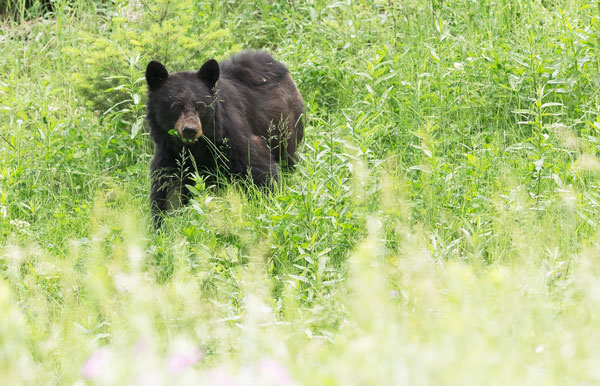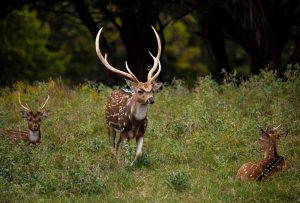After an 80-year hiatus, black bears have returned to their historic range in the Great Basin of eastern Nevada. Two decades worth of research and data from a recent study have confirmed successful re-colonization of black bears in the region.
The “E” Word
Extirpation, or the process of completely removing a particular species from portions of their historic range, is something mankind is familiar with and often responsible for. Throughout the early 1900’s, many wildlife species have been wiped out and the black bear was no exception. Regarded as a pest and sought out for their luscious hides, black bears were removed from many portions of their historic range, eastern Nevada included.
Black bears in the Great Basin were extirpated by a number of contributing factors including unregulated market hunting, conflicts with settlers and domestic livestock and the clear-cutting of forests during Nevada’s settlement era.
Our forestry practices have evolved, placing emphasis on habitat regeneration. This alone is what the authors attribute to the successful re-colonization of black bears in the region.
Blood, Hair and Genetic Analysis
Compiling 20 year’s worth of blood and hair samples, researchers from the Wildlife Conservation Society, the Nevada Department of Wildlife and the University of Nevada-Reno performed the in-depth genetic analysis. This analysis was what confirmed the re-expansion of black bears after undergoing an extirpation in the early 1900’s.
Tracing the re-colonized bears back to a source population in the Sierra-Nevada Mountains in western Nevada and parts of California, the study is the result of the confluence of wildlife management and geneticists.
“This study represents a great partnership between wildlife management and geneticists,” said Jason Malaney, lead author of the genetic study. “Wildlife managers deploy long-term field-surveys of black bears, collect tissue samples along the way, that are then used to better understand the complexities of re-colonization. This results in improved management outcomes.”
Overcoming Bear-riers
Genetic analysis affords us the kind of data needed for further public participation. Demonstrating the animal’s ability to re-colonize its historic range, the data equips wildlife managers to better advocate for continued conservation efforts.
Better land management practices, reductions in intrusive logging projects as well as lobbying for wildlife-crossings are among some of the efforts that will allow the species to continue to re-establish themselves.




